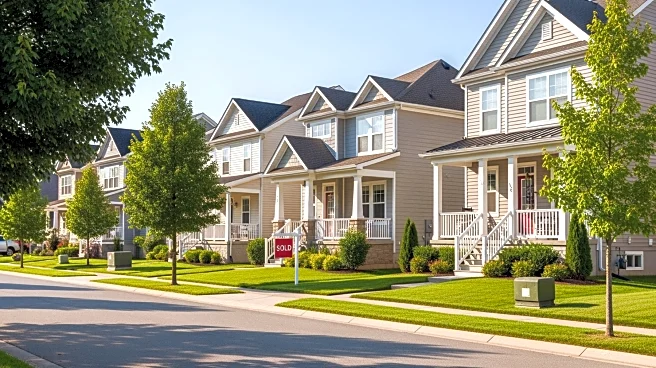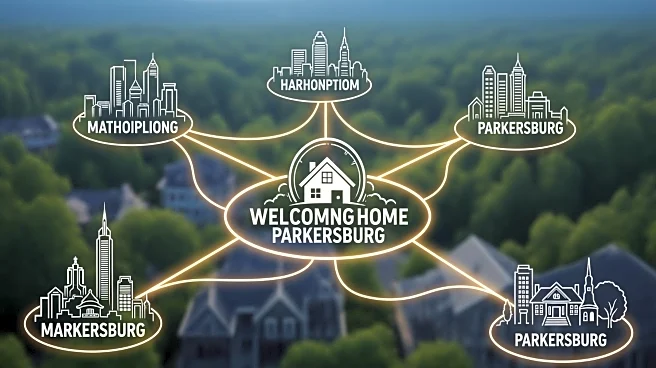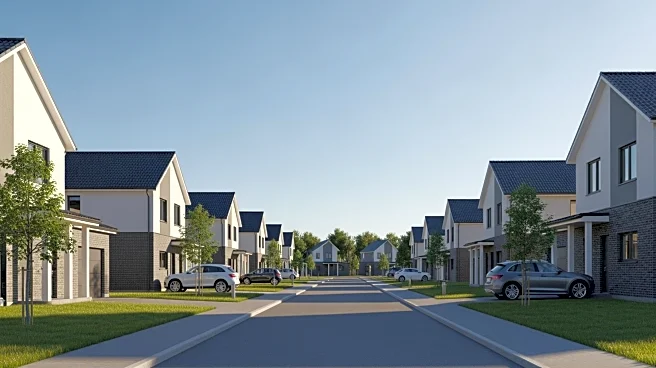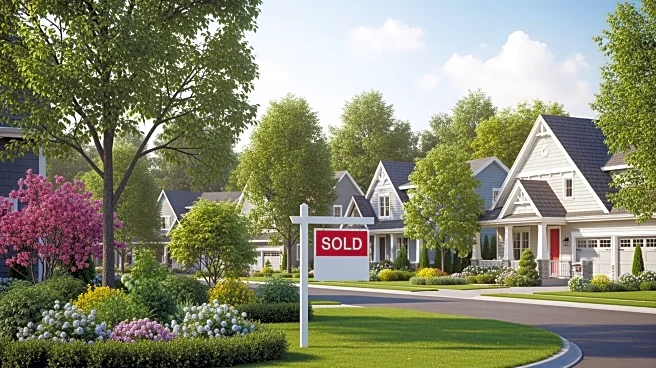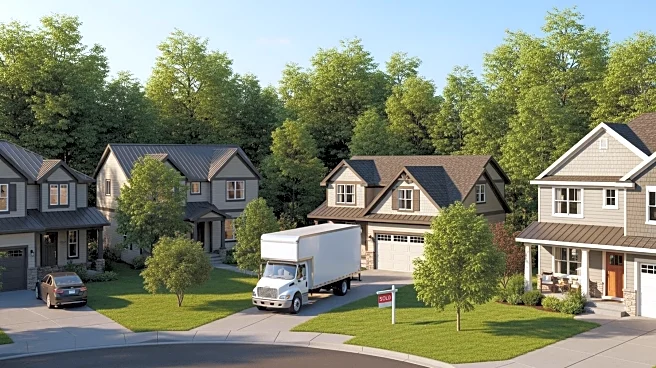What's Happening?
Monroe, Michigan is experiencing increased interest from homebuyers across various U.S. metropolitan areas. According to data compiled by Stacker using Realtor.com's cross-market demand statistics, several cities are showing significant view shares for
homes in Monroe. Detroit leads with a 30.2% view share, followed by Toledo at 7.9% and Indianapolis at 7.6%. Other cities such as Washington, DC, New York, and Ann Arbor also contribute to the demand. This trend is occurring amidst a nationwide scarcity of homes on the market, which remains below pre-pandemic levels, keeping prices elevated despite a slowdown in sales over the past year.
Why It's Important?
The increased interest in Monroe, Michigan from major metropolitan areas highlights a shift in homebuying patterns, potentially driven by the ongoing housing market challenges. As home prices remain high due to limited inventory, buyers from larger cities may be seeking more affordable options in smaller markets like Monroe. This could impact local real estate dynamics, potentially driving up prices and affecting availability in Monroe. Additionally, the influx of buyers from diverse regions may influence the community's demographic and economic landscape, bringing new opportunities and challenges.
What's Next?
As Monroe continues to attract interest from homebuyers in major metros, local real estate agents and policymakers may need to address the implications of increased demand. This could involve strategies to manage housing inventory, ensure affordability, and accommodate the needs of incoming residents. The trend may also prompt further analysis of migration patterns and their impact on regional economies. Stakeholders in Monroe and other similar markets might consider collaborative efforts to balance growth with community sustainability.
Beyond the Headlines
The movement of homebuyers from larger cities to smaller markets like Monroe may reflect broader societal shifts, including remote work trends and lifestyle changes post-pandemic. This could lead to long-term transformations in urban planning and infrastructure development, as smaller communities adapt to new demands. Additionally, the cultural integration of diverse populations could enrich local communities, fostering innovation and diversity.
